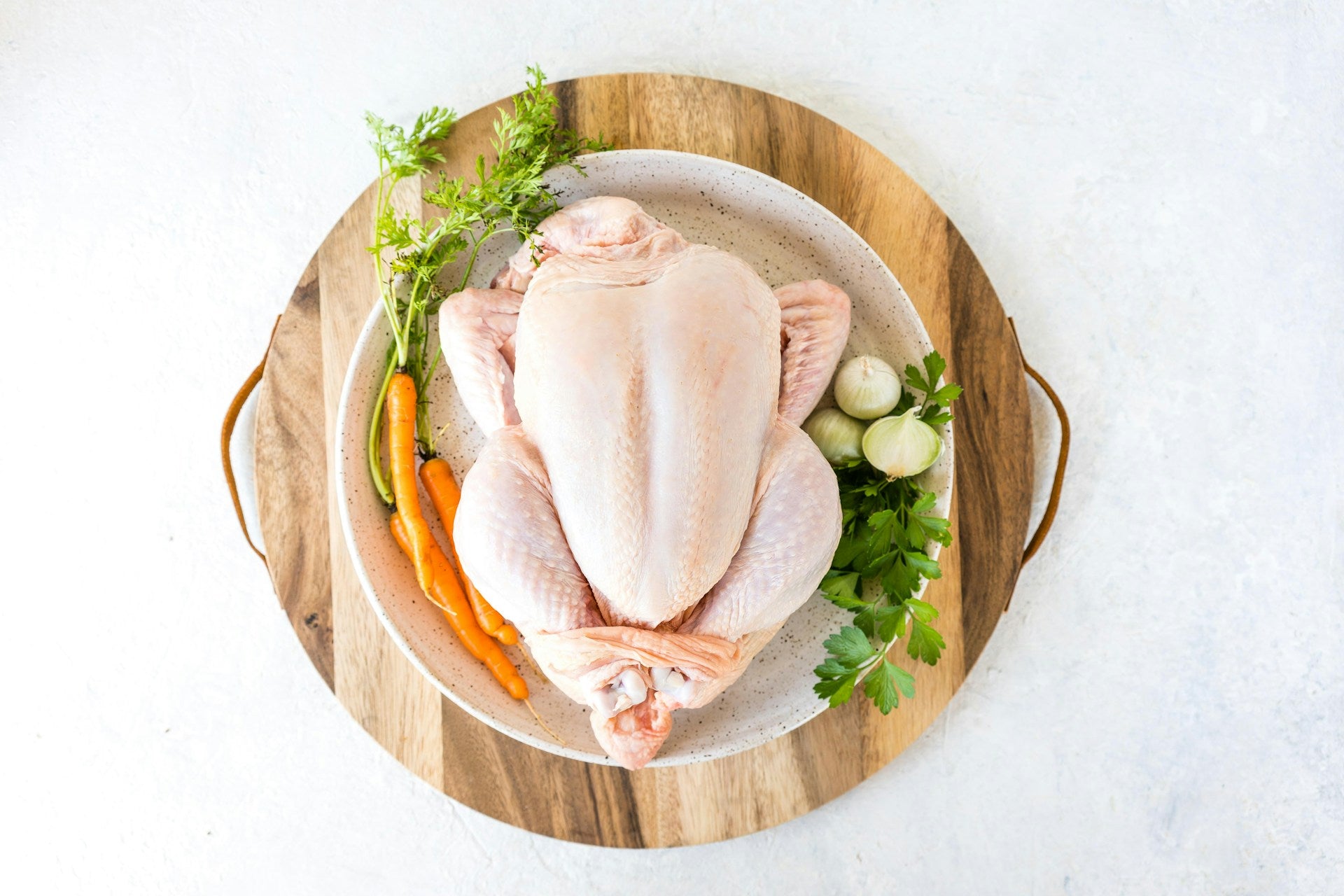Chicken is consumed across cultures all around the world, and most people are familiar with the usual cuts—breasts, thighs, wings, and drumsticks. However, there is a “rare” delicacy hidden inside chicken anatomy that many overlook: chicken oysters. These small, tender morsels are often considered the best part of the chicken, loved by chefs and culinary enthusiasts for their flavor and texture.
What Are Chicken Oysters?

Chicken oysters are two small, round pieces of dark meat found on the back of a chicken, near the thigh, along the backbone. They are nestled in shallow, concave bones, making them somewhat hidden and often left behind by casual cooks. The name "oysters" comes from their round, oyster-like shape and tender, juicy texture.
What Makes Chicken Oysters Special?
Chicken oysters are prized for their tenderness and rich flavor. Because they are dark meat, they have more fat content compared to white meat, giving them a juicier, more succulent texture. Their location on the bird means they are protected from drying out during cooking, retaining moisture and flavor. They’re often considered a reward for the chef or butcher who knows how to find them.
Cooking Chicken Oysters
Chicken oysters are versatile and can be cooked in a variety of ways. Whether roasted, grilled, or pan-seared, they retain their flavor and moisture. Since they are relatively small, they cook quickly and are ideal for adding a gourmet touch to dishes.
- Roasting: When you roast a whole chicken, the oysters are naturally basted in the chicken’s juices, making them particularly flavorful.
- Pan-Searing: If you remove them from a bird before cooking, pan-searing them with a bit of butter and herbs results in a perfect golden-brown exterior with a tender inside.
- Grilling: They can be skewered and grilled to create a delicious appetizer or a flavorful addition to a salad.
- Frying: Fry them like you would your fried chicken and make the best nuggets ever.
Chicken Oysters in Culinary Culture
In French cuisine, the chicken oyster is referred to as "sot-l'y-laisse", which translates to "the fool leaves it." This name reflects the idea that only someone who doesn’t know the value of these little morsels would leave them behind. Traditionally, in fine dining and butchery, the chef or cook often reserves these parts for themselves due to their exquisite taste.
How to Find Chicken Oysters
Finding chicken oysters on a whole bird requires some knowledge of anatomy. They’re located just under the skin on the back and can be easily missed. To remove them:
- Flip the chicken onto its breast and locate the thigh joints.
- Near the thigh joint, you’ll find the shallow indent where the oyster sits next to the spine.
- Use a spoon or knife to gently scoop them out, being careful not to tear the delicate meat.
Why Aren't Chicken Oysters More Popular?
Despite their flavor, chicken oysters are not widely known outside of culinary circles. This is partly due to their small size and location, which makes them less accessible in pre-packaged cuts of chicken. Unless you’re working with a whole bird, you might never encounter them. This rarity is what makes them such a prized discovery for those in the know. Also with every chicken you will only find two pieces of oysters making them extremely hard to find in bulk.
Where to Source Chicken Oysters!
Chicken oysters are a hidden treasure, offering a rich, flavorful bite that stands out from the usual cuts of chicken. Whether you’re a chef looking to elevate a dish or a home cook wanting to try something new, these tender morsels are worth seeking out. The next time you roast or break down a whole chicken, remember to savor the oysters—they’re the best part you didn’t know you were missing! Be sure to try non-GMO fresh or frozen chicken oysters from Jidori Chicken® at Jidorihome.com.

